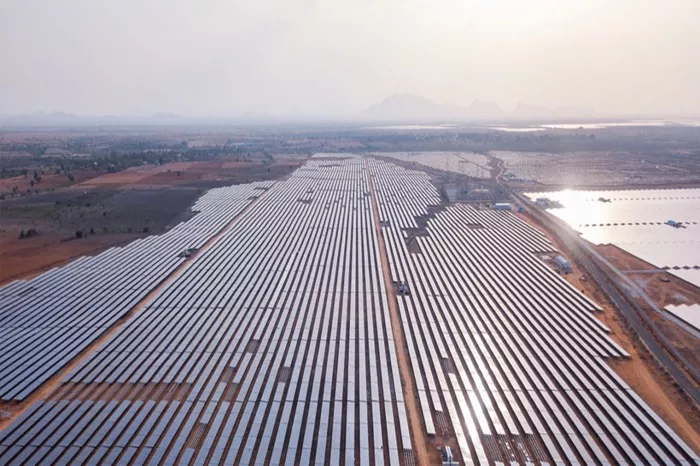India has officially become the world’s third-largest producer of electricity from wind and solar energy, surpassing Germany in 2024, according to a new report released on April 8, 2025.
The latest edition of Ember’s Global Electricity Review revealed that wind and solar energy combined accounted for 15% of global electricity generation last year. India’s share of this global output stood at 10%.
The report also highlighted that low-carbon sources, including renewables and nuclear power, provided 40.9% of global electricity in 2024. This marks the first time that clean energy sources have crossed the 40% threshold since the 1940s.
In India, clean energy sources contributed 22% of the country’s total electricity generation. Hydropower was the leading clean source, contributing 8%, while wind and solar energy together made up 10%.
Renewables led the global growth in clean electricity, with a record 858 terawatt hours (TWh) of electricity added in 2024—49% more than the previous record set in 2022.
For the third consecutive year, solar power was the largest source of new electricity, adding 474 TWh in 2024. Solar energy also remained the fastest-growing power source for the 20th year in a row. Over the past three years, global solar generation has doubled, now making up 6.9% of the global electricity mix.
India experienced a similar surge in solar energy. Solar power accounted for 7% of India’s electricity in 2024, with generation doubling since 2021. In 2024 alone, India added 24 gigawatts (GW) of solar capacity, more than double the previous year’s addition. This made India the third-largest solar market, behind China and the United States. India also ranked fourth globally in terms of solar generation growth, adding 20 TWh.
“Solar power has become the engine of the global energy transition,” said Phil MacDonald, Managing Director of Ember. “When paired with battery storage, solar is set to be an unstoppable force. As the fastest-growing and largest source of new electricity, it plays a critical role in meeting the world’s growing demand for energy.”
The Global Electricity Review, along with an open dataset on electricity generation in 2024, includes data from 88 countries that together account for 93% of global electricity demand. The report also includes historical data for 215 countries.
Aditya Lolla, Ember’s Asia Programme Director, emphasized the acceleration of the clean energy transition in Asia, driven by the rapid growth of solar and other renewable energy sources.
“With electricity demand set to rise across the region, a strong clean energy market is essential for the continued expansion of renewable power. This will not only improve energy security and economic resilience but also enable emerging economies to benefit from the growing clean energy market,” said Lolla.
Neshwin Rodrigues, Senior Energy Analyst at Ember, noted that while India has made significant progress in adopting renewable energy, it now faces a major challenge: ensuring that clean energy generation increases fast enough to meet the growing demand for electricity.
In February 2025, UN climate change chief Simon Stiell referred to India as a “solar superpower” and said that fully embracing the global clean energy boom would accelerate India’s economic growth.
As part of its climate goals, India has committed to achieving 50% of its installed electric power capacity from non-fossil fuel sources by 2030, as outlined in its Nationally Determined Contributions (NDCs) to the United Nations Framework Convention on Climate Change (UNFCCC).
In 2021, India also set a target of reaching 500 gigawatts (GW) of non-fossil fuel capacity by 2030. Although this target was not officially included in India’s updated NDCs, it remains a key reference in national energy planning, including the 14th National Electricity Plan.
However, Ember’s February 2025 report warned that India will not meet its 500 GW renewable energy target by 2030 unless funding is increased by 20% annually from current levels.

